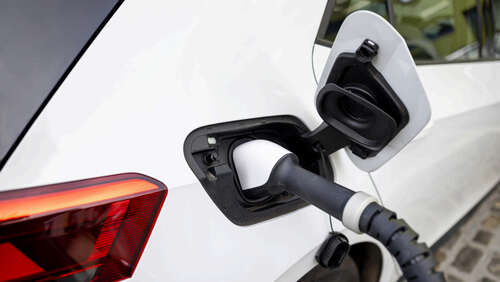
It’s worth noting that Plug and Charge is not a future plan. It’s already in operation across a variety of automakers and charging networks. It has not, however, been standardized across the entirety of the automotive industry or every charging network.
Plug and Charge tech helps EVs inch closer and closer to normalization and widespread adoption. If implemented throughout the industry, it would iron out yet another big wrinkle of charging inconvenience that’s unfortunately prevalent in the EV ecosystem – something that caused us problems in our review of the Ford Mustang Mach-E. You don’t have to make sure your car is compatible with a gas pump before you swipe your card and fill the tank up with fuel. The same should be said about charging EVs, but that’s not always the case with charging networks and vehicles not supporting the Plug and Charge standard.
Tesla Superchargers function in much of the same way, but that’s one of the benefits of using a network only designed for certain EVs; the system is not standardized. Plug and Play’s bidirectional communication standard is brand and automaker-agnostic and ensures that charging is a stress-free process and you can get back on the road quicker.

